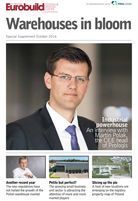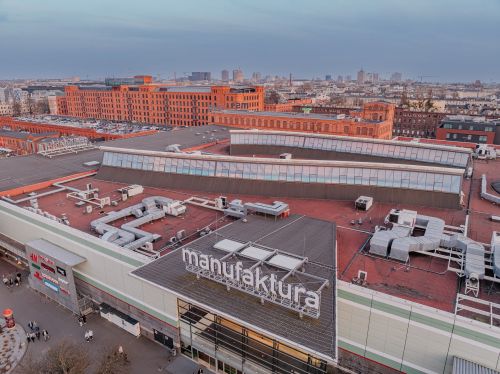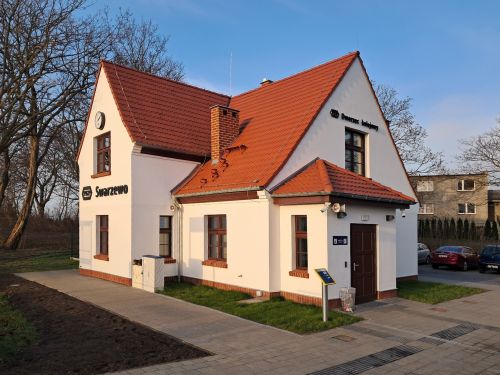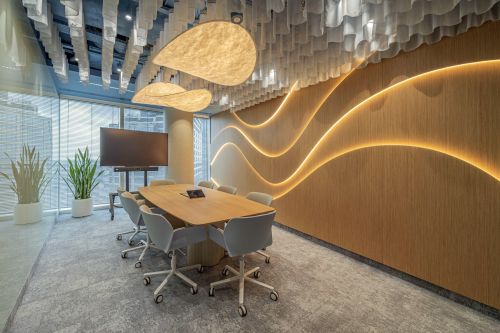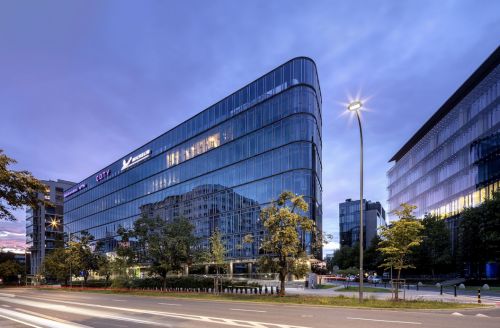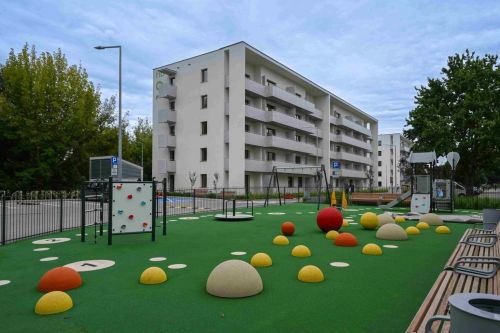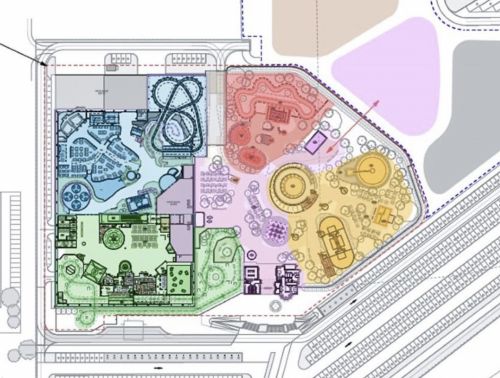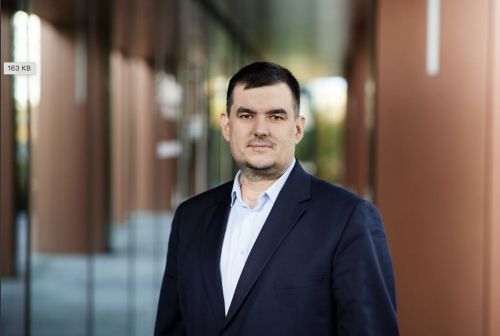When the consultancies’ H1 reports on the warehouse market began to flow in at the beginning of the summer holidays, everything started to become clear. This year will, in all likelihood, have been another good one for the warehouse market. All the indexes have increased apart from one – vacancy. This is still hovering at around 6 pct, which is historically the lowest level for the country even though it has been accompanied by an impressive amount of new supply. According to Colliers International, in H1 the supply of warehouse space amounted to almost 660,000 sqm, constituting a growth of 35 pct on the previous year. The return to speculative development deserves particular attention. This has been quite substantial – according to CBRE as many as 52 pct of all the warehousing built in Poland is being done so without an anchor tenant in place.
Demand grows
However, developers do not seem too worried about this, due to the substantial demand, which exceeded 1.4 mln






























